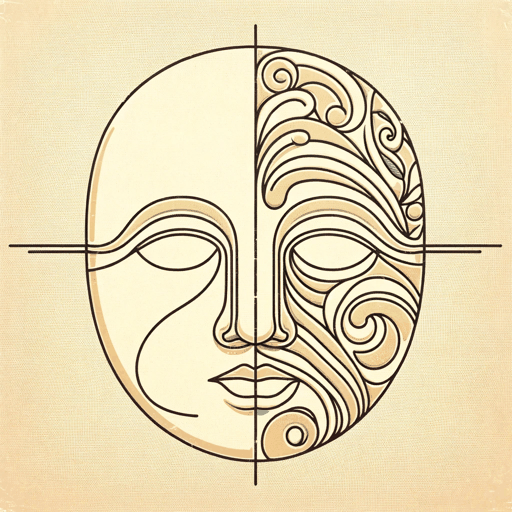35 pages • 1 hour read
Ruth BenedictPatterns of Culture
Nonfiction | Book | Adult | Published in 1934A modern alternative to SparkNotes and CliffsNotes, SuperSummary offers high-quality Study Guides with detailed chapter summaries and analysis of major themes, characters, and more.
Themes
Culture and Personality
Benedict’s book is a theoretical treatise on culture. Early on, Benedict proclaims that culture is not a biological complex but is learned. It is accumulated knowledge, transmitted across the generations in a process known as enculturation. It also is cohesive. As Benedict famously writes, “A culture, like an individual, is a more or less consistent pattern of thought and action” (46). In this regard, Benedict’s theory of culture reproduces the tenets of Boasian anthropology, which privileges a holistic and integrated view of culture. Benedict takes this a step further, though, and questions what brings cohesion and consistency to a culture.
Benedict turns to psychological theories to answer this question. She makes the case that, like personality traits, individuals select cultural traits from an arc of possibilities. It is not entirely clear in Benedict’s analysis how traits are selected. She alludes to historical and environmental considerations without providing many specifics. In this regard, her work departs from the historical particularism that was characteristic of Boas’s research (xxii). Still, Benedict is not deterred from her investigation of cultural cohesion. She explains that as traits are selected and modified, they cohere into a unique cultural configuration (or 







